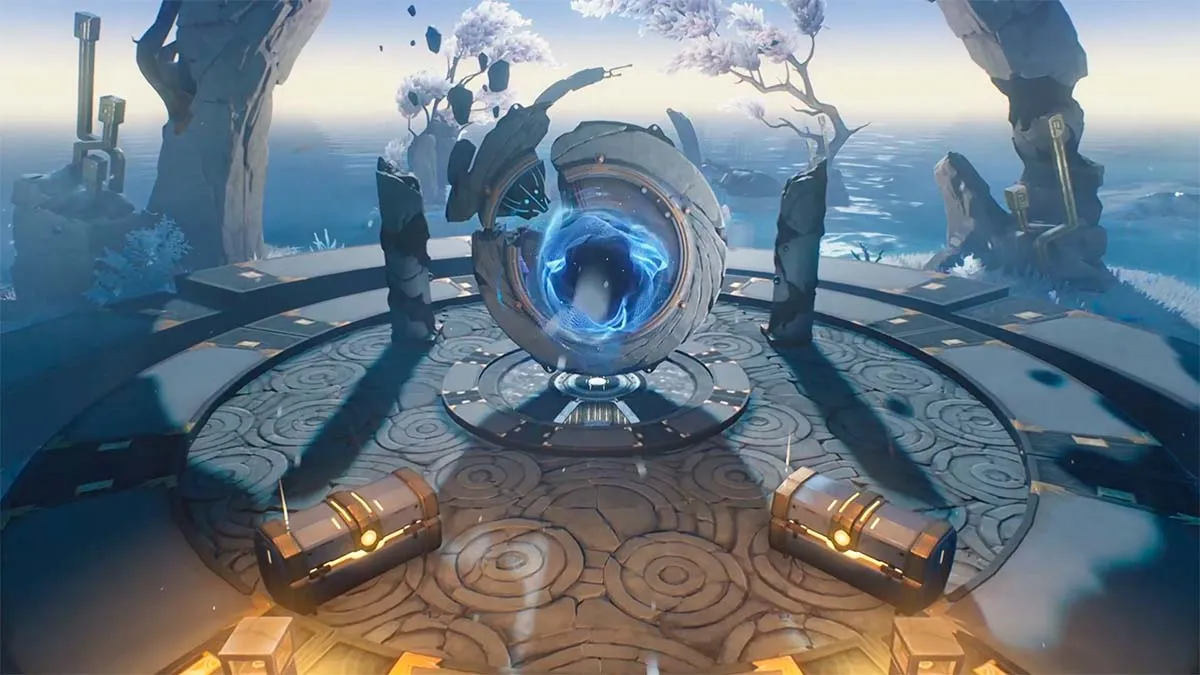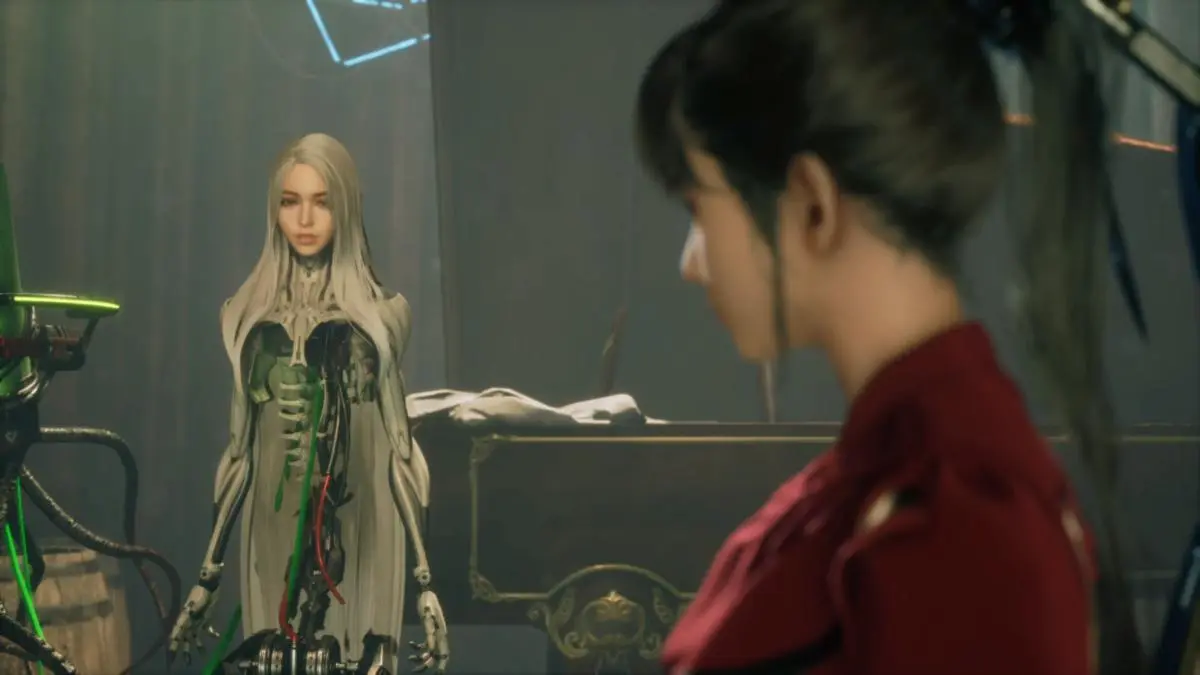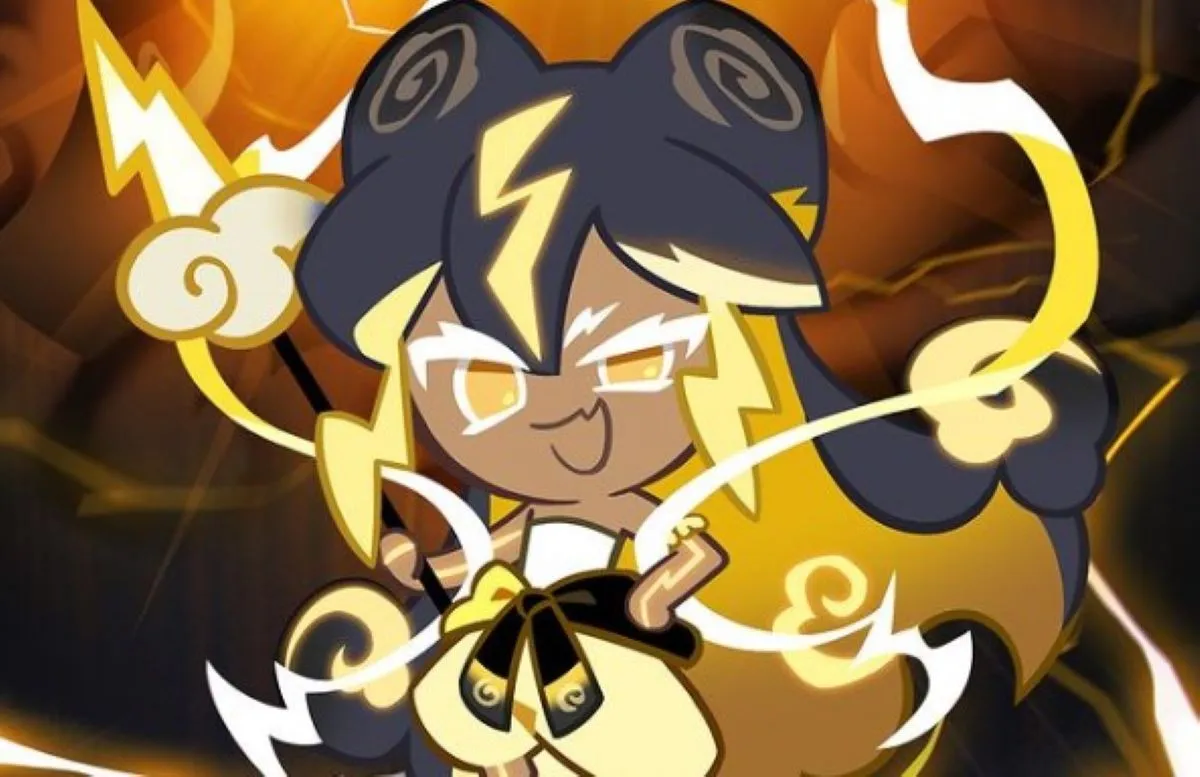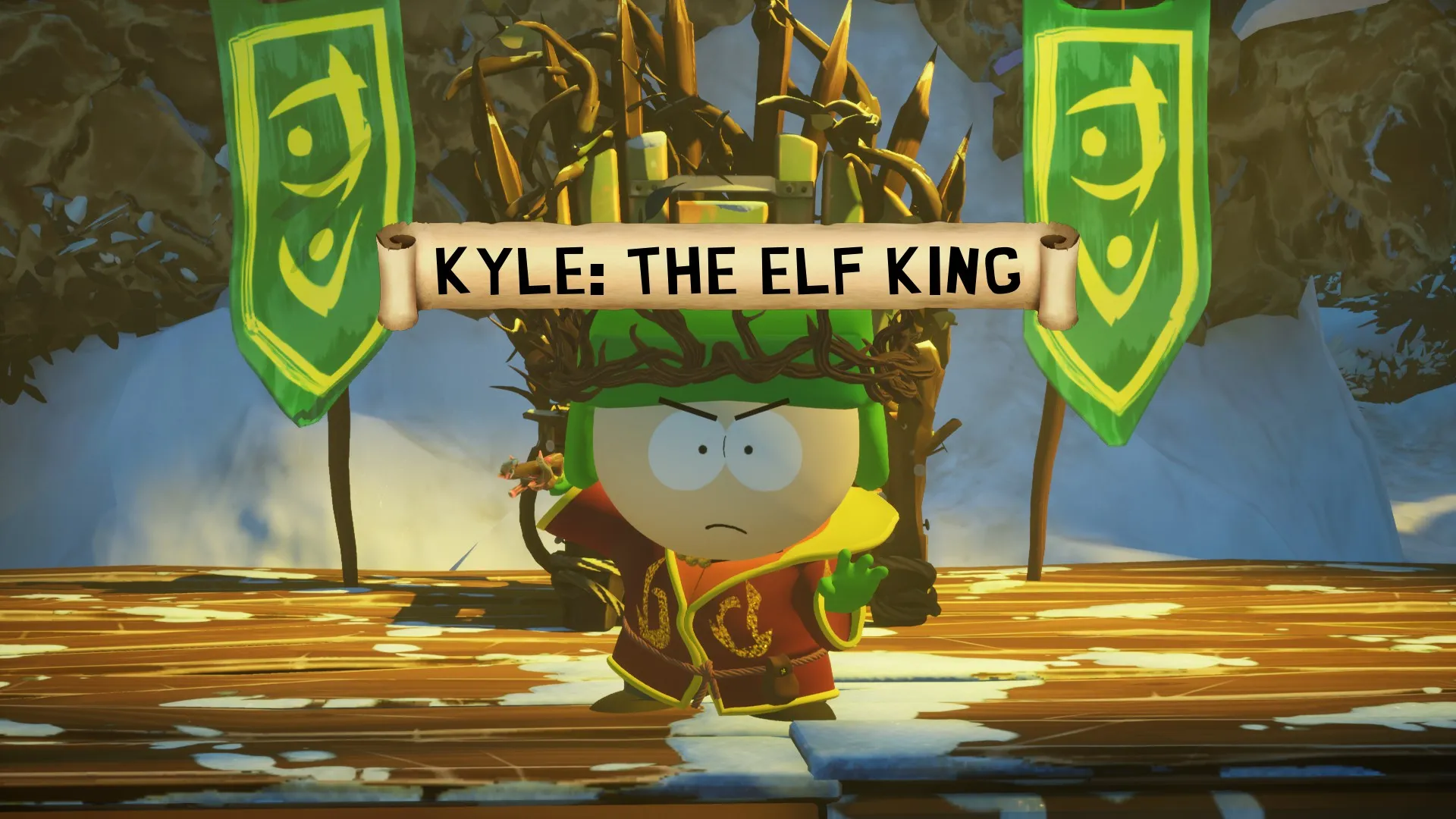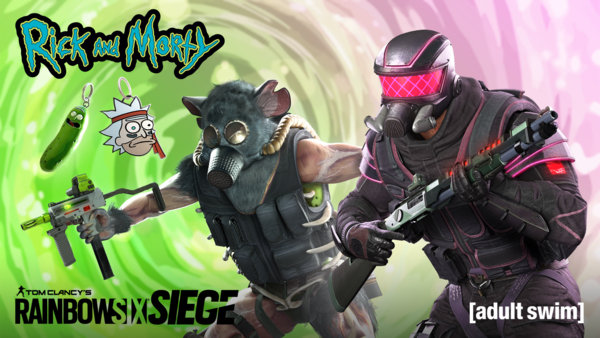Designed in the spitting image of Warcraft<\/em>, League of Legends <\/em>and Dota 2 <\/em>are the two most popular MOBA games that not only lay the groundwork for the MOBA genre but also revolutionized it over the years. Although seemingly similar, League <\/em>and Dota 2 <\/em>are, in fact, two entirely unique games that only share elemental gameplay mechanics, map design, and general game objectives. <\/p>
Over the years, League <\/em>and Dota 2 <\/em>have worked towards shaping their own identity that would clearly separate them from the other games in the genre, and crown them as the ultimate MOBA. As a direct consequence of years of strategic game development revolving around the game\u2019s identity, there\u2019s a whole series of key differences between League <\/em>and Dota 2 <\/em>today, such as animations, CSing and denying CS, runes, shop and couriers, and scaling to all intents and purposes. <\/p>
Even though the difficulty and quality of League <\/em>and Dota 2 <\/em>games are completely subjective, we will, on top of all of this, analyze the gameplay of both games, and give a final, impartial verdict on which is harder, and more fun. <\/p>
Key differences between League <\/em>and Dota 2<\/em><\/h2>Origins<\/h3>
The first and foremost difference between League <\/em>and Dota 2 <\/em>is that Dota 2<\/em> dates back to Warcraft III, <\/em>and its then popular custom map scene, while League <\/em>was, on the other hand, heavily inspired by the Dota<\/em> franchise. To ensure the success of League<\/em>, its management took additional steps and hired Dota<\/em> 2<\/em> developers. <\/p>
Terminology<\/h3>The second key difference between League <\/em>and Dota 2 <\/em>is terminology. Although this usually plays a minor role in the game, clearer communication and phrasing are always a plus. To avoid mistaking heroes for champions, here\u2019s a list of the most commonly used terms in both League <\/em>and Dota 2<\/em>. <\/em><\/p>
League of Legends <\/em><\/strong>terms<\/strong><\/td> Dota 2 <\/em><\/strong>terms<\/strong><\/td><\/tr> champion<\/td> hero<\/td><\/tr> turret<\/td> tower<\/td><\/tr> minion<\/td> creep<\/td><\/tr> inhibitor<\/td> barracks<\/td><\/tr> ancient<\/td> nexus<\/td><\/tr> Baron Nashor<\/td> Roshan<\/td><\/tr> elo<\/td> MMR<\/td><\/tr><\/tbody><\/table><\/figure>Animations<\/h3>
Dota 2<\/em>, unlike League<\/em>, often feels clunky and slow, especially to new and League <\/em>players. This is largely due to Dota 2<\/em> having champion-specific turn rates. Turn rates in Dota 2 <\/em>refer to the time your hero takes to change direction. <\/p>
League <\/em>is, on the contrary, packed with animation cancels like ability animation and auto-attacks cancels that leave an impression of flow and game fluidity. <\/p>
Shop<\/h3>Dota 2 <\/em>players are accustomed to buying only the starter items in their base. For all other purposes, they use the courier that, after ordering your items, delivers them to you.<\/p>
The League <\/em>community, however, regularly back to regain their HP and mana and to buy essential items, including wards and damage items. Since there\u2019s no concept similar to Dota<\/em>\u2019s 2 <\/em>couriers, League <\/em>players are forced to back often.<\/p>
CSing<\/h3>The act of killing lane creeps, otherwise known as CSing, in Dota 2 <\/em>does not only include killing the creeps, but it also extends to denying the creeps from the enemy laner. <\/p>
CSing in League <\/em>normally only entails killing the lane minions. Although you can pressure the enemy laner, force them to retreat, and lose minions, there\u2019s no active way of denying CS in League<\/em>.<\/p>
Items <\/h3>When designing items, Dota 2 <\/em>developers focused on introducing a wide variety of items rich with active and situational uses that handsomely reward creativity. Besides, Dota 2 <\/em>offers a series of utility items such as Dust of Appearance that counter the enemy team.<\/p>
Itemization in League <\/em>is most commonly a straightforward process heavily focused on obtaining more damage via items. Rarely do League<\/em>\u2019s players have enough space in their inventory to buy situational items that would counter the enemy.<\/p>
Scaling <\/h3>Although Dota<\/em> 2 <\/em>can be flexed to easily fit almost any role in the game, carry heroes can be easily identified in Dota 2<\/em> thanks to their incredible scaling power. Dota 2 <\/em>also has item scaling that typically puts the carries in a strong position in the late game.<\/p>
Scaling in League <\/em>is only tied to the champion\u2019s Riot-balanced numbers that dictate the champion\u2019s strength at every stage of the game. Although items previously didn\u2019t scale at all in League<\/em>, with the mythic item introduction and bonus stats, items began scaling too. <\/p>
The second key difference between League <\/em>and Dota 2 <\/em>is terminology. Although this usually plays a minor role in the game, clearer communication and phrasing are always a plus. To avoid mistaking heroes for champions, here\u2019s a list of the most commonly used terms in both League <\/em>and Dota 2<\/em>. <\/em><\/p>
| League of Legends <\/em><\/strong>terms<\/strong><\/td> | Dota 2 <\/em><\/strong>terms<\/strong><\/td><\/tr> |
| champion<\/td> | hero<\/td><\/tr> |
| turret<\/td> | tower<\/td><\/tr> |
| minion<\/td> | creep<\/td><\/tr> |
| inhibitor<\/td> | barracks<\/td><\/tr> |
| ancient<\/td> | nexus<\/td><\/tr> |
| Baron Nashor<\/td> | Roshan<\/td><\/tr> |
| elo<\/td> | MMR<\/td><\/tr><\/tbody><\/table><\/figure>Animations<\/h3>Dota 2<\/em>, unlike League<\/em>, often feels clunky and slow, especially to new and League <\/em>players. This is largely due to Dota 2<\/em> having champion-specific turn rates. Turn rates in Dota 2 <\/em>refer to the time your hero takes to change direction. <\/p> League <\/em>is, on the contrary, packed with animation cancels like ability animation and auto-attacks cancels that leave an impression of flow and game fluidity. <\/p> Shop<\/h3>The act of killing lane creeps, otherwise known as CSing, in Dota 2 <\/em>does not only include killing the creeps, but it also extends to denying the creeps from the enemy laner. <\/p> CSing in League <\/em>normally only entails killing the lane minions. Although you can pressure the enemy laner, force them to retreat, and lose minions, there\u2019s no active way of denying CS in League<\/em>.<\/p> Items <\/h3>Although Dota<\/em> 2 <\/em>can be flexed to easily fit almost any role in the game, carry heroes can be easily identified in Dota 2<\/em> thanks to their incredible scaling power. Dota 2 <\/em>also has item scaling that typically puts the carries in a strong position in the late game.<\/p> Scaling in League <\/em>is only tied to the champion\u2019s Riot-balanced numbers that dictate the champion\u2019s strength at every stage of the game. Although items previously didn\u2019t scale at all in League<\/em>, with the mythic item introduction and bonus stats, items began scaling too. <\/p> |


